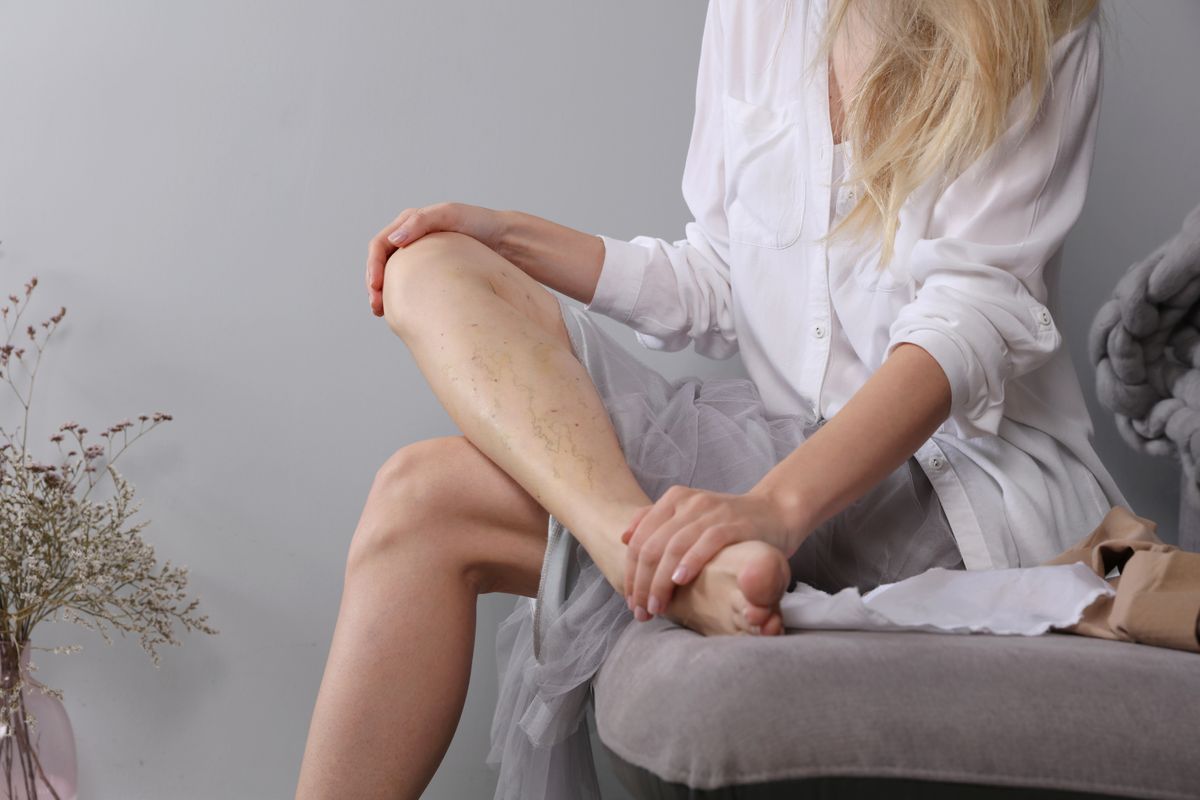Despite its significance, vein health is often neglected. Venous disease is a common condition, with one-third of adults suffering from varicose veins. It becomes even more likely as we age, with one in 50 older adults developing chronic venous insufficiency.
Clots in the legs can cause valve damage and long-term symptoms, but aging and damage to veins and valves can also lead to vein abnormalities. Dr. Scott Joransen, an interventional cardiologist, highlights the importance of maintaining healthy veins as we age. Stay informed and keep your veins healthy.
1) Understanding Leg Vein Disorders: Causes and Symptoms
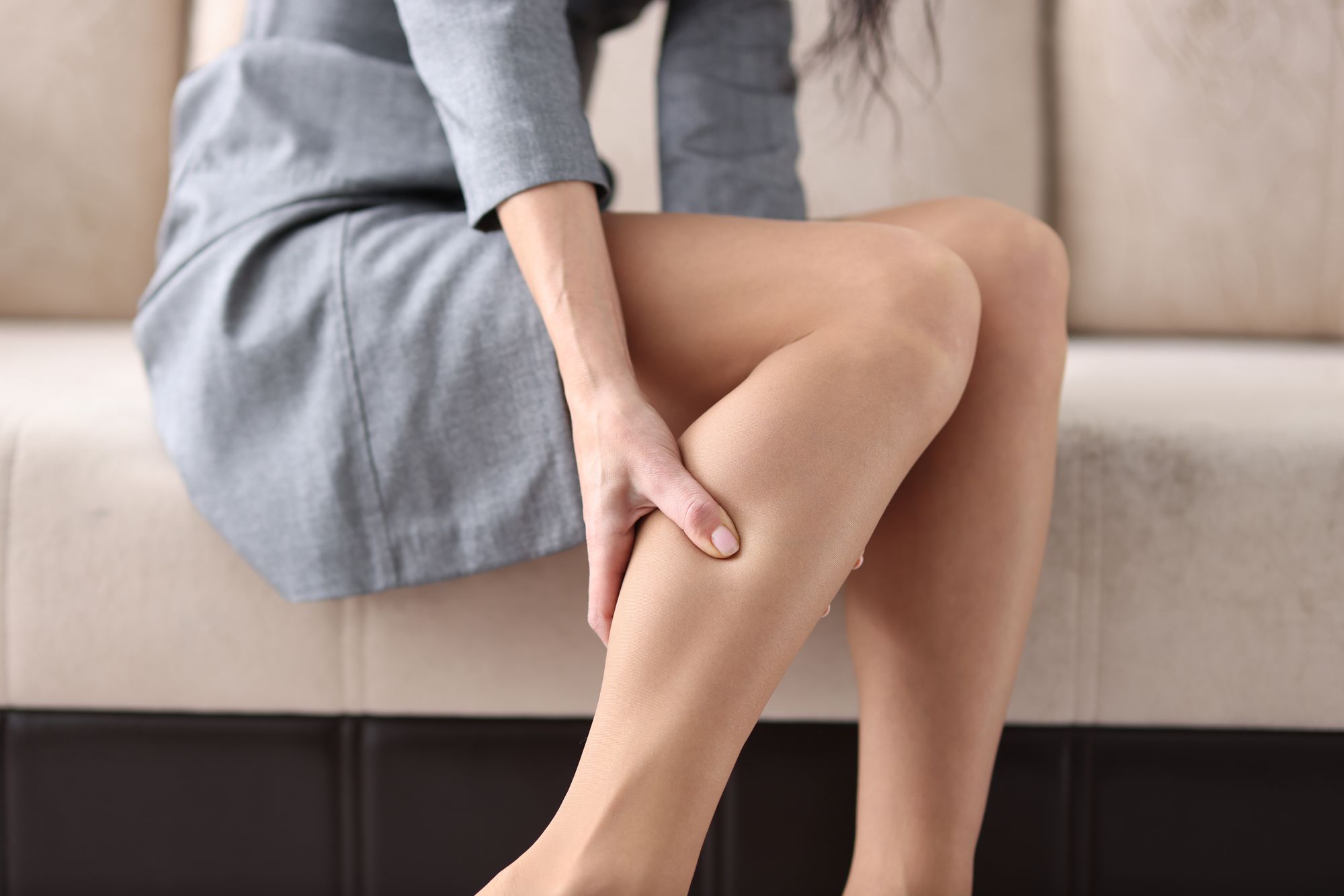
Vein disease is a condition that affects the veins in the body and can occur in different parts of the body, including the legs. It is caused by the malfunction of the valves in the veins, which are responsible for controlling the flow of blood from the periphery of the body back to the heart.
According to Dr. Megan Deacon-Casey, a vascular specialist and medical director at the Ponte Vedra Vein Institute in Florida, faulty valves lead to increased blood flow in the wrong direction in the legs, causing increased pressure and volume in the veins. Over time, this can cause the veins to enlarge and become more prominent.
Healthy veins have valves that allow the blood to flow only in one direction from the periphery to the heart. However, these valves can get damaged for various reasons, and once they do, the blood begins to flow with gravity to the periphery, marking the beginning of vein disease.
As per Dr. Abdelhamed Abdelhamed, a cardiology specialist at the Premier Cardiovascular Institute at Miami Valley Hospital in Englewood, Ohio, veins play a crucial role in the circulatory system by returning de-oxygenated blood from the tissues back to the heart. This is why vein disease, or any problem that affects the veins, can have a significant impact on overall health and wellbeing.
In conclusion, vein disease is a condition that arises due to the damage of the valves in the veins, leading to increased pressure and volume in the veins and eventually causing them to enlarge. It is important to pay attention to symptoms such as swelling, pain, and varicose veins, and to seek medical advice if you suspect that you may have vein disease. Early diagnosis and treatment can help prevent further complications and maintain good health.
2) Classifying Different Forms of Vein Disease
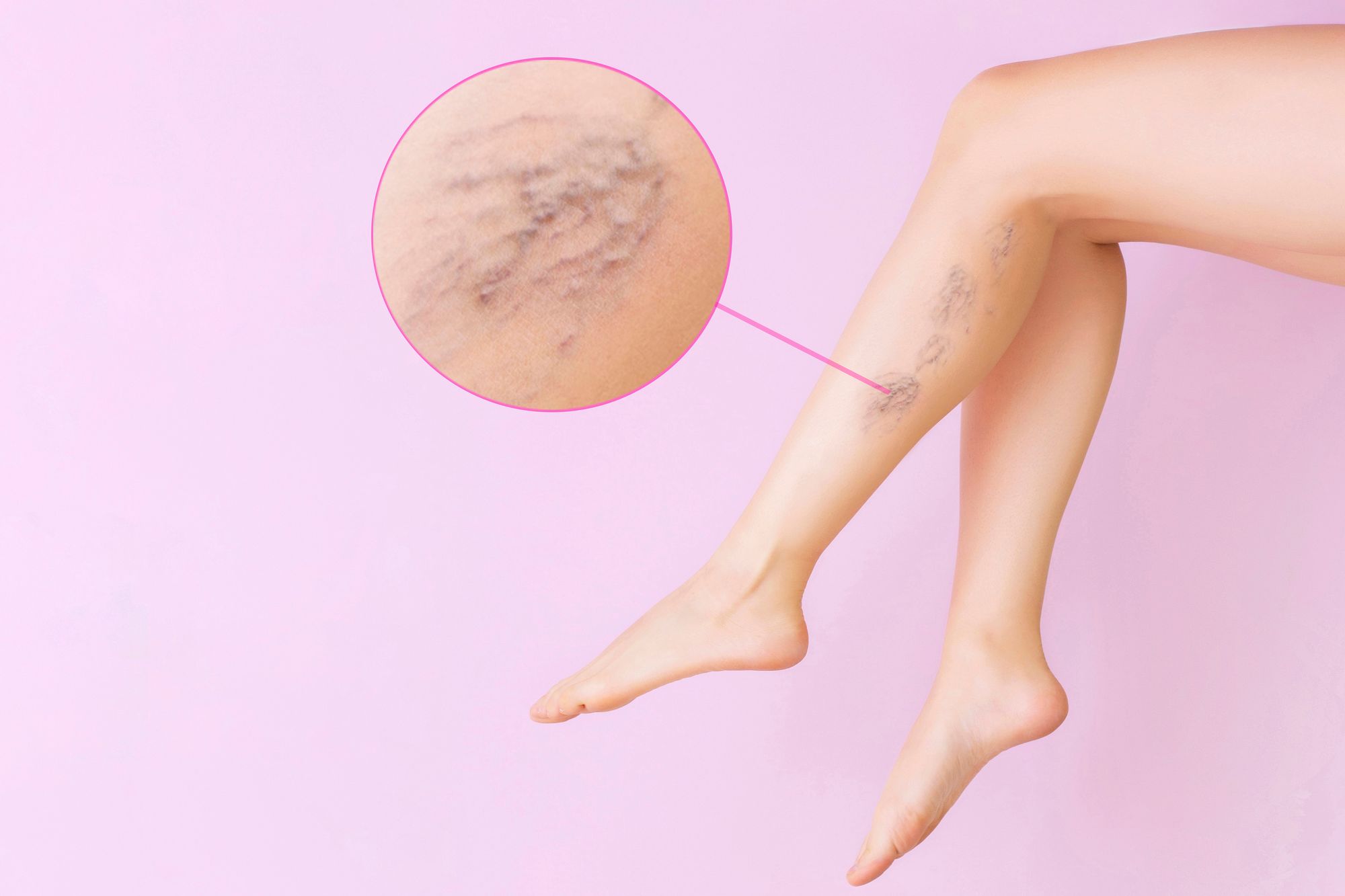
According to Johns Hopkins Medicine, vein disease encompasses several conditions including varicose veins, superficial thrombophlebitis, and deep-vein thrombophlebitis. Varicose veins appear as clusters of swollen, knotted, and purple veins, while superficial thrombophlebitis is characterized by red, engorged, cord-like veins that cause localized swelling, pain, and tenderness. Deep-vein thrombophlebitis is a condition where a vein, usually in an extremity such as a leg, becomes inflamed in response to a blood clot in the vessel.
3) Indicators of Vein Disorder: Recognizing the Signs

According to Dr. Megan Deacon-Casey, the improper flow of blood can lead to increased pressure and volume in the veins, causing them to enlarge over time. This can manifest as varicose veins or spider veins, which are visible on the surface of the skin.
Dr. Yves Gabriel, a vascular specialist, explains that the symptoms of vein disease vary depending on its location. Some patients may experience pain when walking, changes in skin appearance such as hair loss or ulcerations, or any abnormal pain in the abdomen or upper extremities.
As the disease progresses, it can have severe consequences such as skin breakdown, difficulty walking, and chronic pain that affects daily life. Other symptoms of vein disease include restless legs, cramps, lymphedema or swelling of the legs, and thickened skin.
4)Individuals Predisposed to Developing Vein Disorders
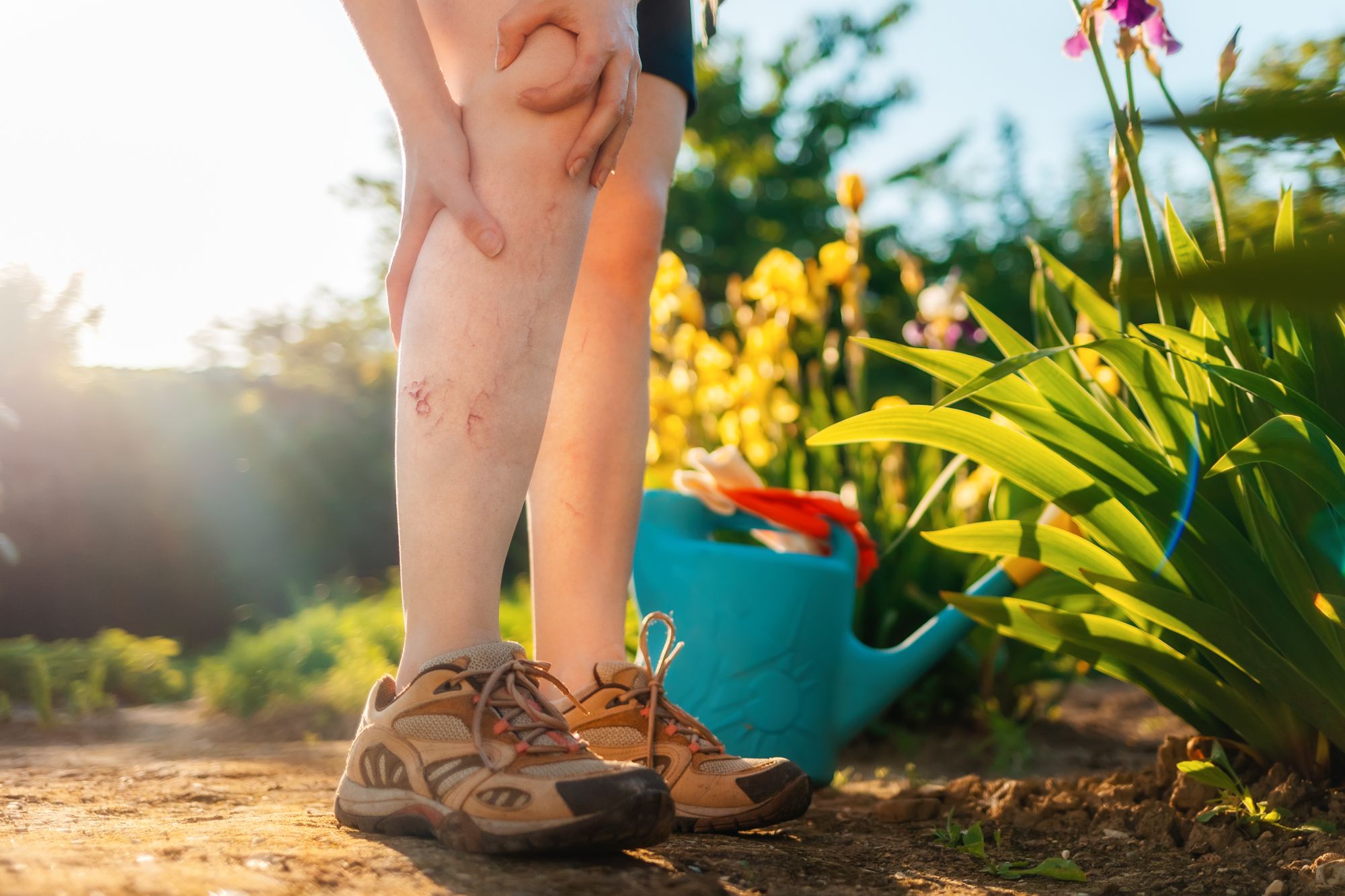
According to the Mount Sinai Health System in New York, several factors can increase an individual's risk for developing vein disease, including age, family history, being female, a history of deep vein thrombosis in the legs, obesity, pregnancy, prolonged periods of sitting or standing, and being tall.
As per the Dallas Vein Institute, the risk of developing vein disease increases with age and it is estimated that one-third of Americans over 45 have some form of vein disease.
Dr. Gabriel stresses the importance of understanding one's family history in relation to vein disease. Knowing the family history can help individuals better recognize the signs and symptoms of vein disease and take preventive measures, but it is also important to understand the importance of regular check-ups even in the absence of any family history.
5) Taking Charge: A Comprehensive Guide to What You Can Do
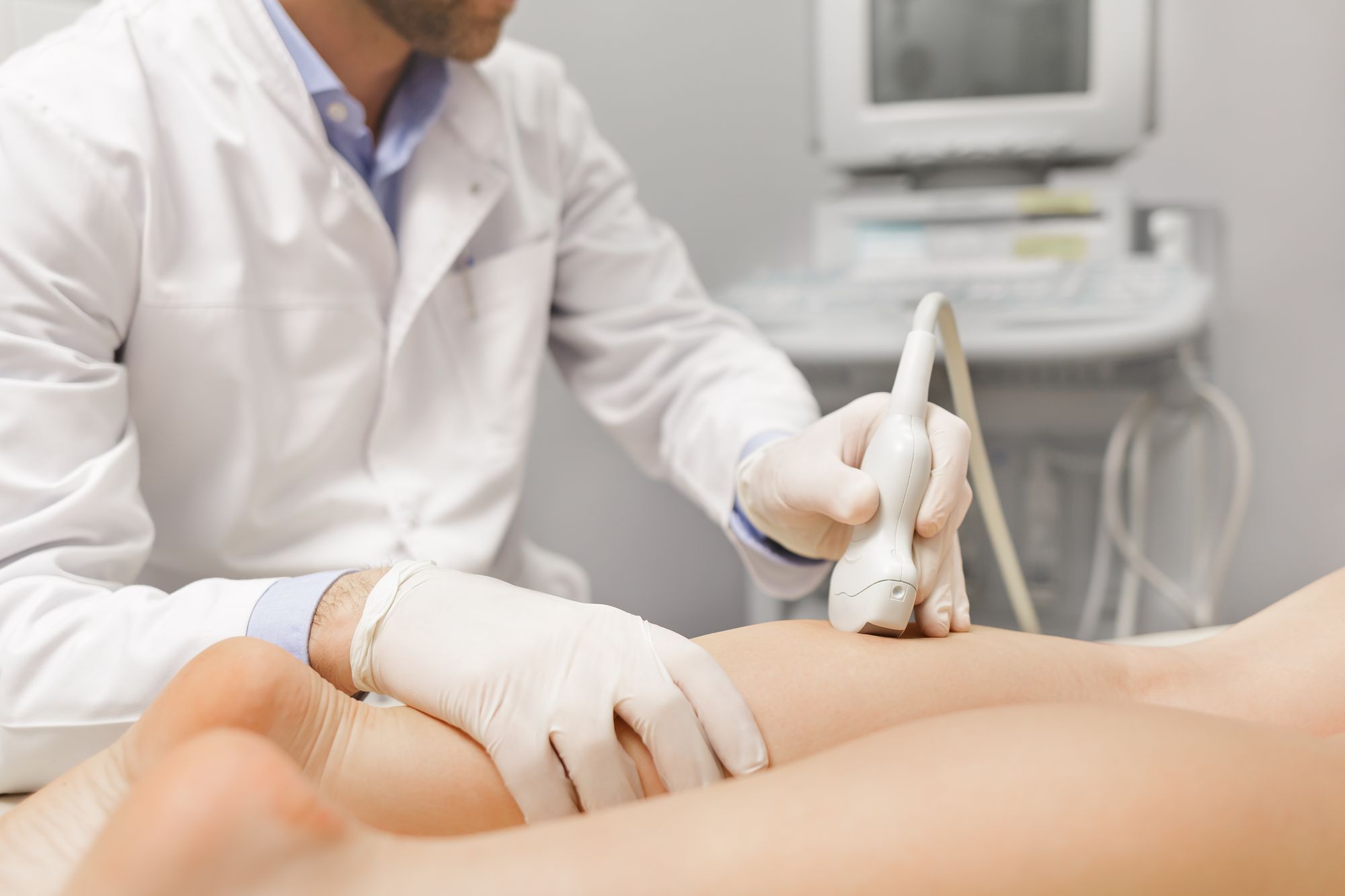
According to Johns Hopkins Medicine, the best way to treat vein disease is through prevention. You can reduce your risk of developing vein disease by walking, exercising, controlling your weight, wearing low-heeled shoes, and avoiding long periods of sitting or standing in one position. On long trips, it's important to stop and walk around regularly to prevent vein disease.
If you do develop symptoms of vein disease, it's important to seek treatment as soon as possible. Symptoms such as increased fatigue and impaired ability to perform daily activities can indicate that your vein disease is starting to interfere with your lifestyle. According to Cristal Boatwright, a physician assistant at the Ponte Vedra Vein Institute in Florida, the sooner you get treatment, the easier it will be and the better the results will be.
Treatment options for vein disease include wearing compression socks, as recommended by Joransen. For more severe cases, vein ablation may be recommended. This procedure shuts down the diseased vein so that blood flows through healthy veins instead, often resulting in significant improvement of symptoms.

